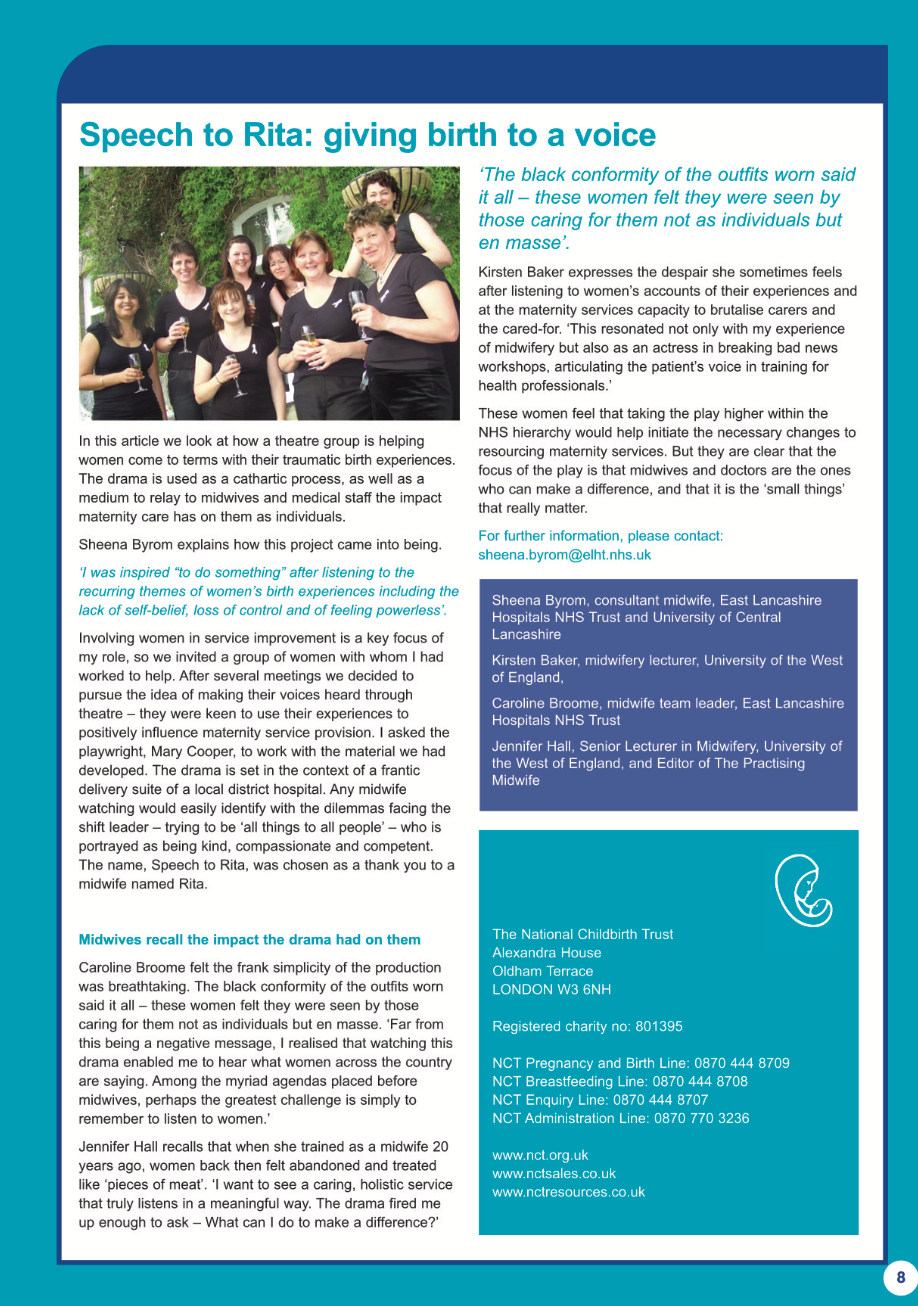Birth and Death - saying goodbye to Pauline Quinn
/I’m sitting in my kitchen, it’s 5 am and I’m wide awake. Thinking about the events of the past few months where I was more than privileged to be close to my dear friend and mentor, Pauline, in her final weeks of life. A midwife like me, Pauline was my manager for most of my career. When Pauline’s health deteriorated I became closer to her, spending precious time - moments where we talked about birth and death, and LOVE. I never thought I’d be in the sacred space between life and death, where the health of my role model was deteriorating. Caring intimately for her needs alongside her beautiful family - part of their ‘tag-team’, Jennifer said.
‘These moments are precious’ Pauline told me, breathlessly, on numerous occasions as the oxygen she needed streamed into her lungs. Closed eyes. Probably reflecting, I thought. My reflections of that time, spent with Pauline as she lay in bed waiting to die (as she wanted), are that she showed me HOW to die; I am now more certain than ever that, if possible. I would want be with my loved ones and to be able to talk openly about the right of passage that death is. If possible.
Yesterday was Pauline’s funeral. So many friends and family and colleagues who travelled miles to pay their last respects said their goodbyes to this strong, courageous woman. This woman who had a positive impact on the world in so many ways - we heard about these testimonies as we gathered close at the ceremony and then more at her wake.
I asked Brian, Pauline’s husband, and daughter Jennifer if I could say a few words about Pauline’s career. Here’s what I said…
For Pauline
Thank you, Brian and Jennifer, for allowing me to say a few words about Pauline’s career, Pauline usually known as Mrs Quinn or PQ – what an honour it is for me and I’m more than grateful.
It’s really hard to know where to start. I worked with Pauline for most of my career, she was always my manager, firstly when she came to Bramley Meade in the1980s. My reflections of her work as a midwifery leader are reinforced by many who are here, and also worked alongside her – Pauline was a legend and her legacy lives on in the midwifery leaders who she inspired and influenced, passed down through each generation. East Lancs Hospitals maternity services are amongst the best in the country, if not world, and Pauline’s vision and dedication was the turning point for sure.
Each midwife or colleague of Pauline’s in the room today will have their own memories of her. And what they will remember is that the progress she made was against a backdrop of a patriarchal culture in the NHS, challenging staff groups and over-powering hierarchies. What Pauline achieved through sheer determination and a passion for midwifery and woman-centred care was ground-breaking. Pauline was a natural innovator – before her time as they say. In today’s terms, she was a compassionate leader, and she didn’t know it.
So, what did Pauline do that made this difference, that made the team of judges approve the OBE nomination that we made for her? Pauline introduced practices to enhance the wellbeing of mothers and babies such as rooming in babies with mums at night, ‘allowing’ partners into the birth room, buying active birth equipment in the early 1980s that even now some services struggle to do. These things may seem small, but they were huge at the time and difficult to implement. I remember!
Pauline made significant strategic changes too, engaging with the research agenda with the University of Central Lancashire when it was unheard of – especially in Lancashire. Pauline enthusiastically followed recommendations from national policy and in the early 1990’s she successfully implemented midwifery-led care and team midwifery, introducing continuity of midwifery care. Part of the plan was to close the maternity homes that were underused - an unpopular decision but it was important for Pauline to ensure equity across the service. Leading this agenda was an enormous task given the huge opposition from obstetricians and others, and because of this the Department of Health highlighted Blackburn maternity services as an exemplar of good practice in policy documents and even a film. At the same time Pauline introduced hand-held records, a huge change for everyone involved in providing care in maternity services – but she made it happen.
Another of the many quality programmes Pauline engaged with was the UNICEF Baby Friendly Initiative. This focuses on mainstream support for breastfeeding and has a rigorous process of assessment where services are inspected against set standards. All staff are involved and have to undergo training and updates to ensure consistency in messaging – and support. Achieving esteemed BFI accreditation was Pauline’s vision and we worked hard to make it happen – success in 1995. It was a huge undertaking that required a shift in culture. This is significant because today ELHT holds the Gold Award, the first in the country.
On a personal level, Pauline was known for her kindness and compassion – her down-to earth and sometimes humorous personality. Pauline remembered staff names and our children’s too - she took time to ask us about our families. But she was not a soft-touch. What Pauline wanted she got, and here I must add that this was always for the good of women and families and not her ego, Pauline was a force to be reckoned with, she had a presence, commanding respect wherever she went. When we saw Pauline coming along the corridor we would be excited and a little nervous (in a good way) – Pauline was like the Queen…..
I have to mention Pauline’s integrity and sense of justice. We are hearing a lot in the media about NHS whistle-blowers and how often they are vilified in organisations. There were several occasions when I had to inform Pauline of mal-practice, which I sadly did, she acted immediately – even though it was difficult. Pauline always mentioned the incredible support she had from the CEO John Thomas and Ian Woolly RIP. The executive team obviously valued Pauline’s leadership as much as we did. Another source of support Pauline had was the maternity services liaison committee – made up the local GP’s, the NCT and hospital staff. Pauline would want me to mention them.
I always think it’s a pity that we say wonderful things about people when they have passed away. Like me speaking about Pauline, today. But please be assured most of what I’ve told you today I shared with Pauline herself on several occasions. Pauline always brushed off my accounts of her positive impact on maternity services, telling me I was being dramatic and over the top – she was very humble. But as we spent hours together when she grew frail during the past few months, I reminded her again about the massive difference she had made as we reminisced about various times in her career. Pauline didn’t resist this time, but nodded acceptingly.
Rest in Peace Mrs Quinn, your work made a difference to the world and as much as I am able, I will make sure you are remembered.
30th June 2024
I am missing the presence of my friend in my life. I mentioned this on social media and someone suggested I write a letter to Pauline, so I am doing just that. I know she won’t see it of course, but I’m hoping it will help me.
My dear friend,
You’ve been gone too long already and I’m just missing you so so much. It’s strange but I’m missing those close, deep conversations we had in your final weeks most of all. I saw and felt some of your vulnerability Pauline, and it made me love you more. I told you over and over again how I felt hugely privileged to be one of your chosen ones, to be in your company during your last days. Yet even when you talked about ‘going’ I didn’t want to believe it. Do you know I savoured every moment, although distressing at times, we shared something unique and special. Anyway, I want to tell you about your funeral. It was perfect Po, you would've loved it, I think. Just right for you, small and dignified but tender and meaningful. Your beautiful family spoke lovingly, so lovingly about you in their Eulogies. Brian, Jen, Roy, Anna and Captain.

























































